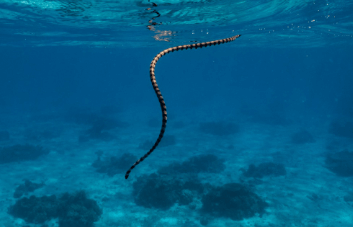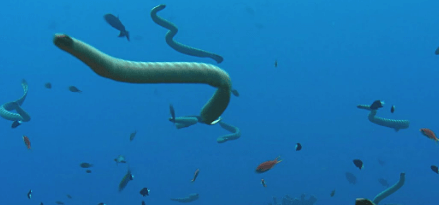
Can All Snakes Swim Underwater
The question Can All Snakes Swim Underwater, of whether all snakes can swim underwater prompts a closer examination of their diverse adaptations and ecological roles. While many species are proficient swimmers, others demonstrate limitations that can hinder their ability to navigate aquatic environments. Aquatic snakes, equipped with specialized traits, thrive in water, while their terrestrial counterparts often lack the necessary adaptations for effective swimming. This variation raises intriguing questions about the evolutionary pressures that shape these differences. What implications do these swimming abilities have for their survival and behavior?
Read also: Art:4hv22s6hiie= Lofi
Overview of Can All Snakes Swim Underwater
Although many might perceive snakes as primarily terrestrial creatures, their swimming abilities reveal a remarkable adaptation to aquatic environments.
Snake locomotion in water showcases a unique undulating motion, enabling efficient propulsion. This adaptation is crucial for water survival, allowing snakes to navigate fluid landscapes, hunt prey, and evade predators.
Understanding these capabilities emphasizes the versatility and evolutionary significance of snakes beyond terrestrial habitats.
Aquatic Adaptations in Snakes
Snakes exhibit a range of aquatic adaptations that enhance their survival and efficiency in water. Key features include sophisticated buoyancy control, allowing them to navigate varying depths with ease.
Additionally, respiratory adaptations enable them to remain submerged for extended periods, facilitating hunting and evasion. These specialized traits underscore the evolutionary significance of aquatic environments in shaping the physiological and behavioral strategies of snakes.
Species That Excel in Water
Certain species of snakes have evolved remarkable abilities that enable them to thrive in aquatic habitats. Notably, the water snake and the anaconda exhibit specific snake behavior that enhances their survival in these environments.
Their habitat preferences include freshwater bodies, where they adeptly hunt and navigate. These adaptations highlight the intricate relationship between ecological niches and the evolutionary pathways of these remarkable reptiles.

Land-Dwelling Snakes and Their Limitations
In contrast to their aquatic counterparts, land-dwelling snakes face a range of ecological limitations that significantly impact their behavior and survival strategies.
Restricted by their land habitats, these snakes often encounter movement limitations, hindering their ability to traverse various terrains efficiently.
Consequently, their predatory and escape strategies must adapt, as they navigate through obstacles, seeking food and refuge within their terrestrial environments.
Read also: Drawing:Sdn2sx5y0y0= Dinosaurs
Conclusion
In the vast tapestry of Can All Snakes Swim Underwater, swimming ability serves as a distinguishing thread woven through ecological niches. Aquatic species, akin to fluid brushstrokes on a canvas, glide gracefully through water, embodying adaptation and evolution. In contrast, land-dwelling snakes, resembling grounded stones, reveal limitations that tether them to terrestrial realms. This divergence in swimming proficiency not only highlights the evolutionary pathways of snakes but also underscores the intricate balance between nature’s design and habitat specialization.




